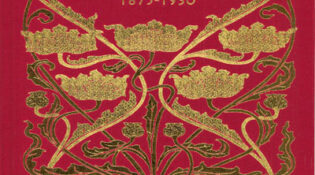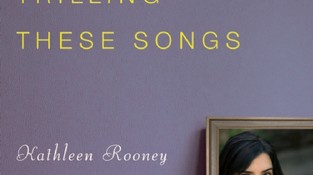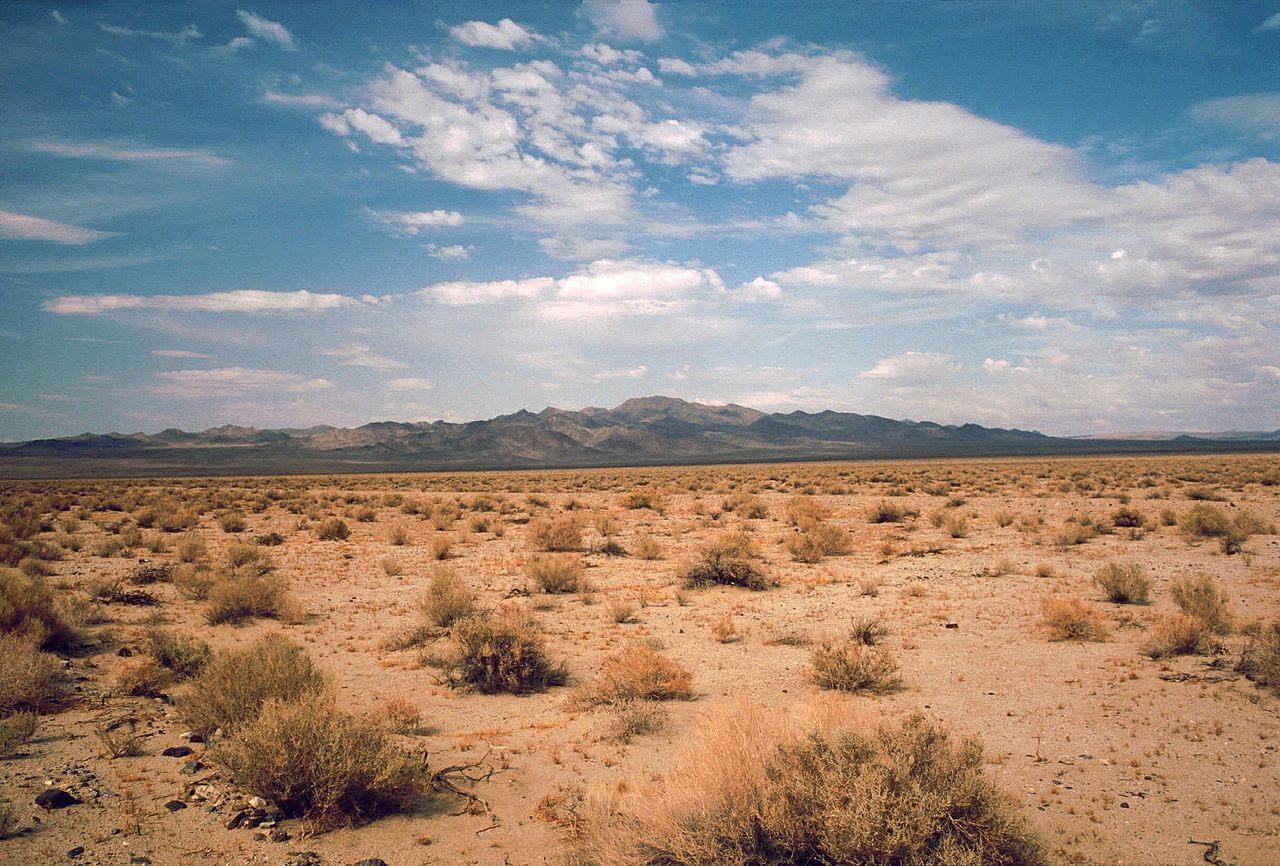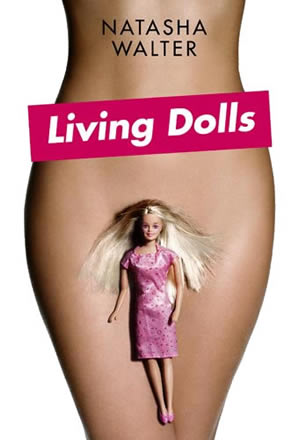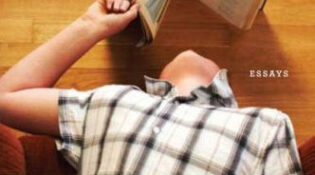On Nonfiction
A Book by its Cover
It’s an unfortunate truth that—beyond making sure everything is spelt correctly—most modern publishers pay little attention to their hardcover bindings. Thousands of dollars may be devoted to design and artwork…
It Could Be Robinson Calling
Pulp Fiction re-ignited an old narrative trope that was then adopted by many clever popular films: a series of scenes, jumping from one character to another, and forward and backward…
With the Desert Surrounding
I. City of Extremes Is it possible for any one city to represent a nation as diverse and complex as America? Perhaps it is, in times of major crises, when…
Slight Arms ’Round the Cypress Bough
In January, 2010, The Guardian asked former UK poet laureate Andrew Motion, “Why are we all still so hung up on the Romantics?” It may at first seem an odd question: a…
A Choice of Bondage: Our Hypersexual Culture
In Virginia Woolf’s Mrs. Dalloway, Clarissa’s daughter Elizabeth takes a short trip on an omnibus, from Westminster down the Strand toward St. Paul’s Cathedral. She is the only character in…
Dribbles, Drabbles, Micro- & Flash (Oh my)
Frances Theodora Parsons’ How to Know the Wild Flowers—written under the pseudonym Mrs. William Star Dana, published in 1893, and acknowledged as the first true “field guide”—begins with a brief section…
From the Encyclopedic to the Personal
On December 10, 1982, Gabriel García Márquez received the Nobel Prize for Literature. In his new biography of the renowned Columbian writer, Gerald Martin describes the occasion: Now, defiantly dressed…
“A Congealed Nebulosity”
Reading Geoffrey Hill’s Collected Critical Writings feels a lot like what it might to step into a graduate seminar in 19th and 20th century poetry without having taken the prerequisite courses, or…
Ellipses and Trust: Stephen Burt’s Close Calls with Nonsense
In the preface to this collection of essays and reviews, Stephen Burt describes the “business of critics”: it is “not to assign stars, or to pick winners in poet vs….

